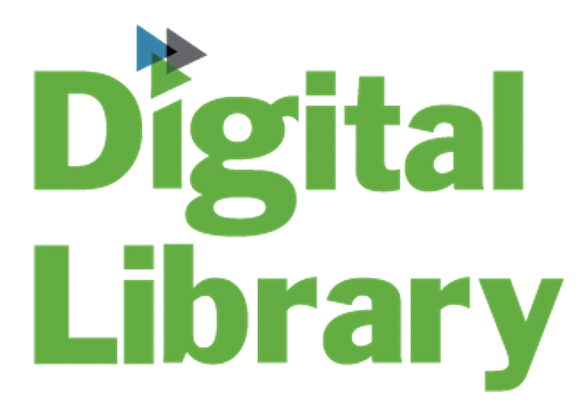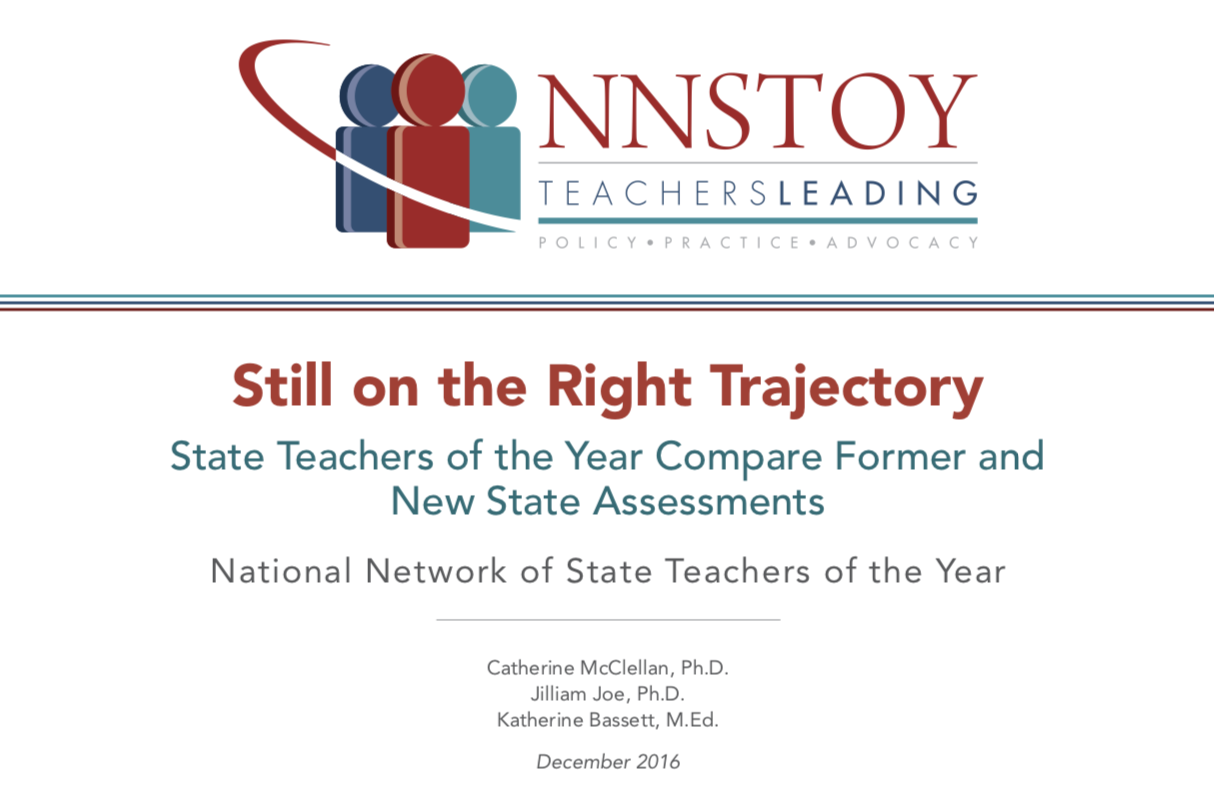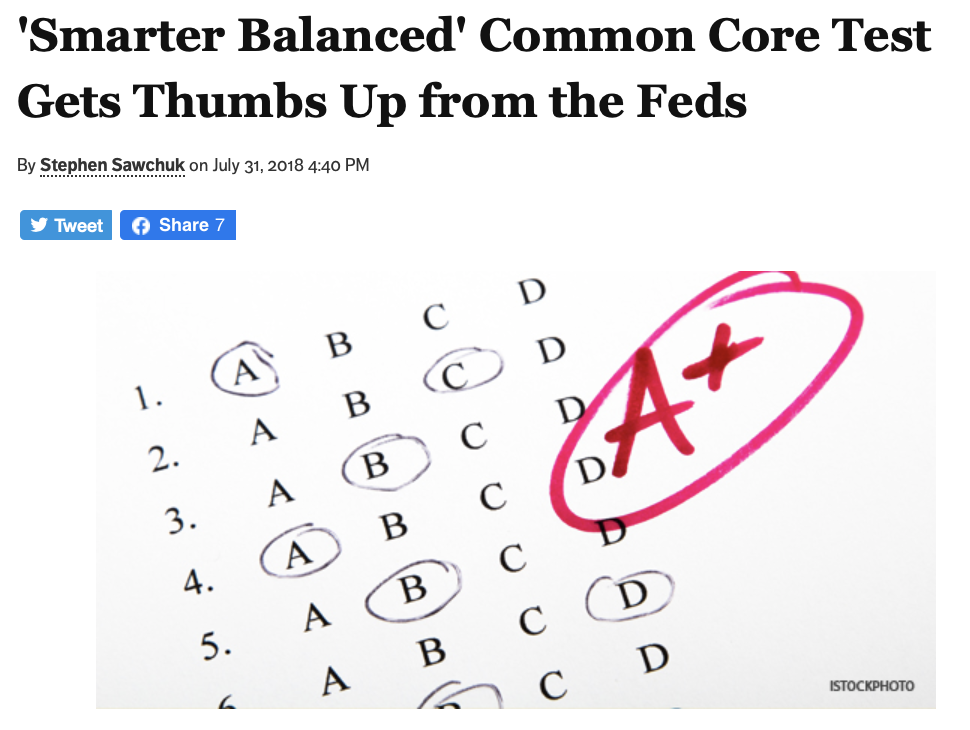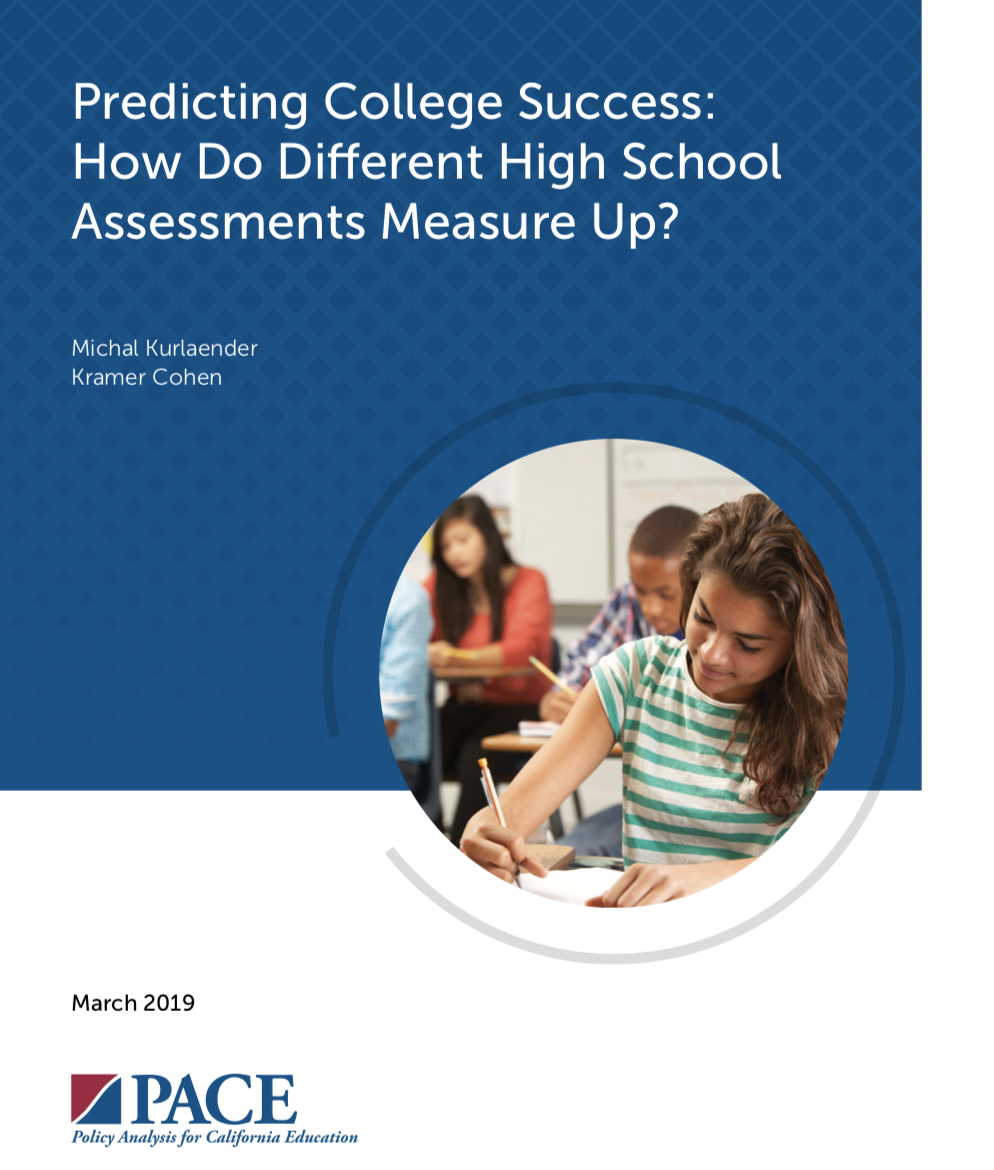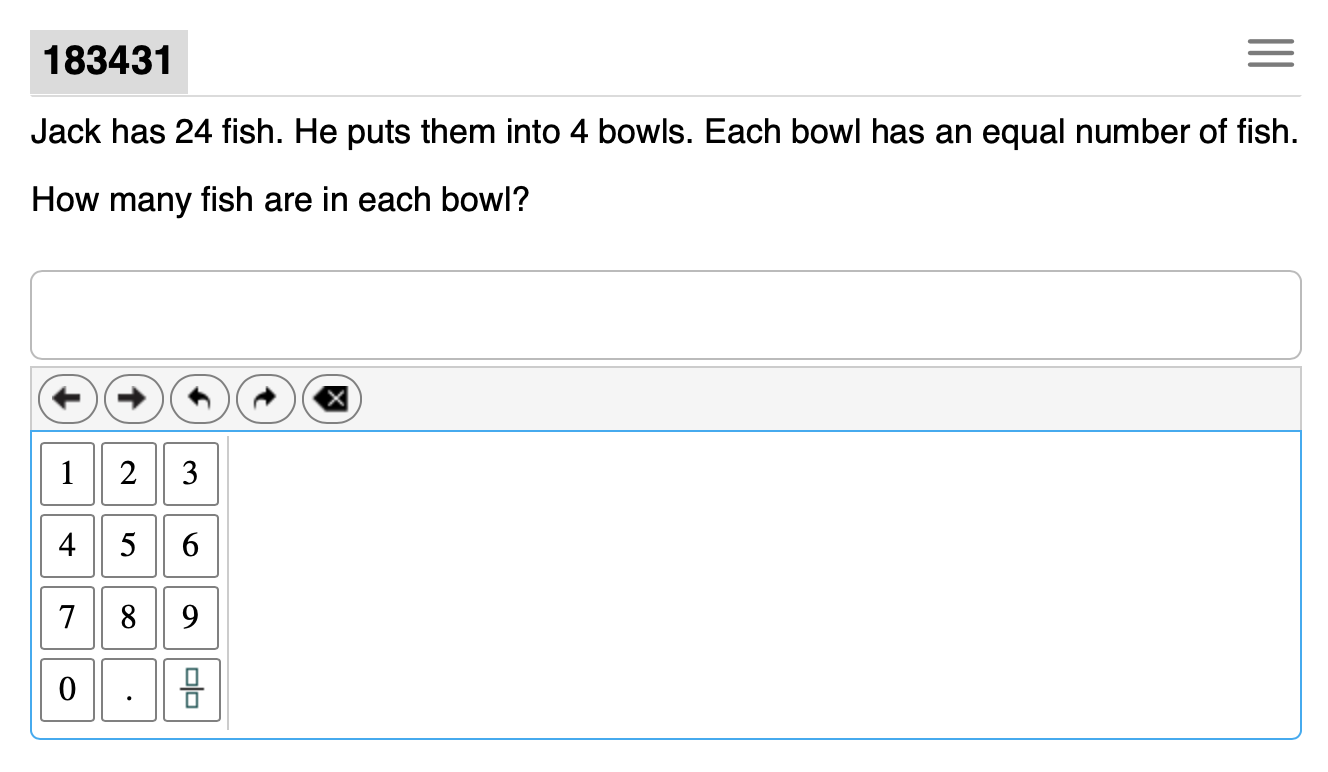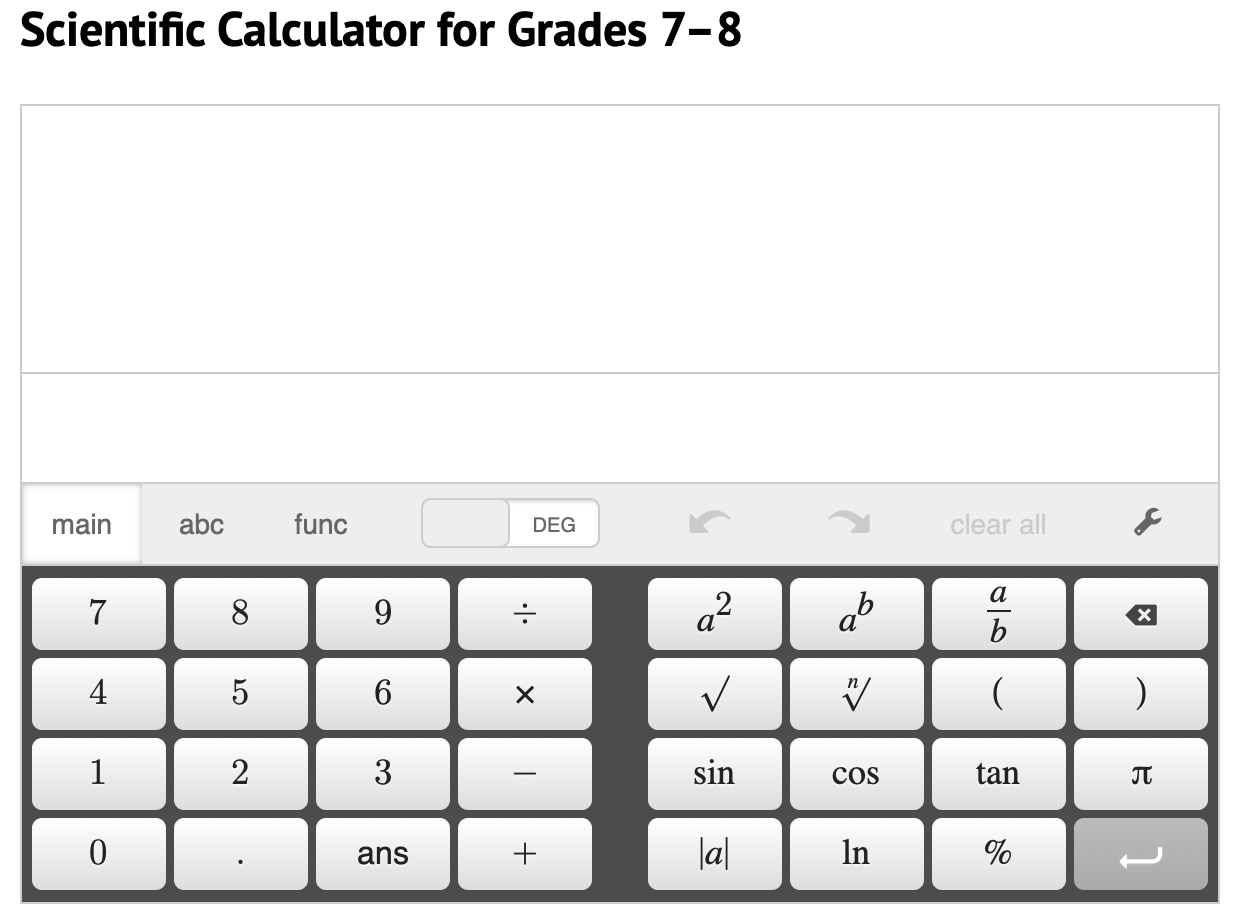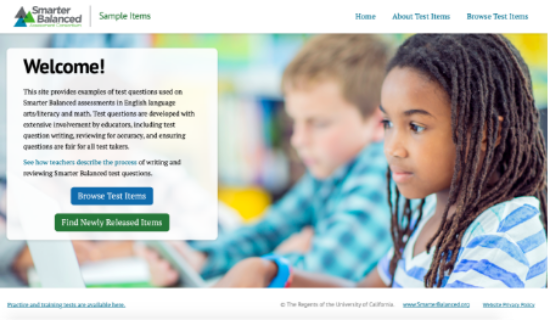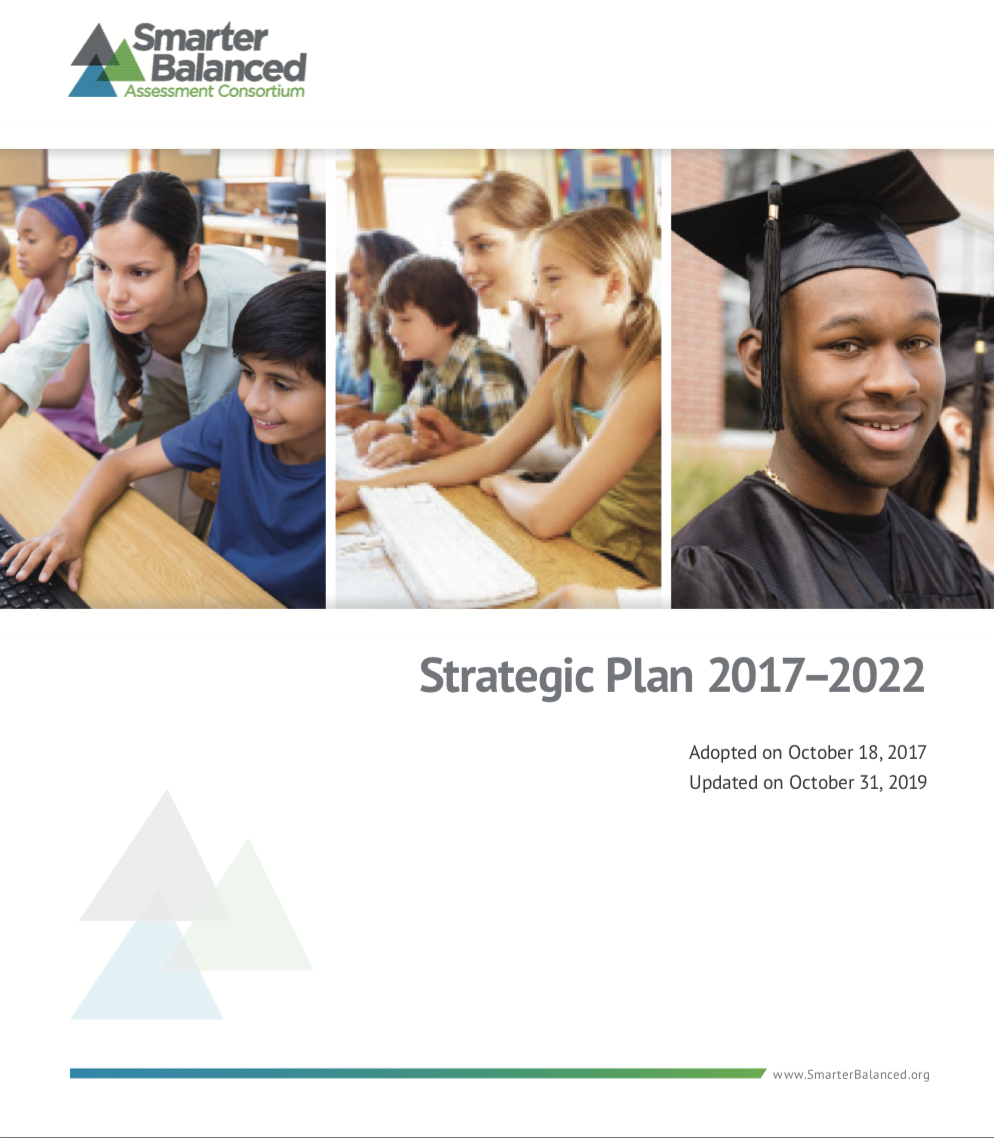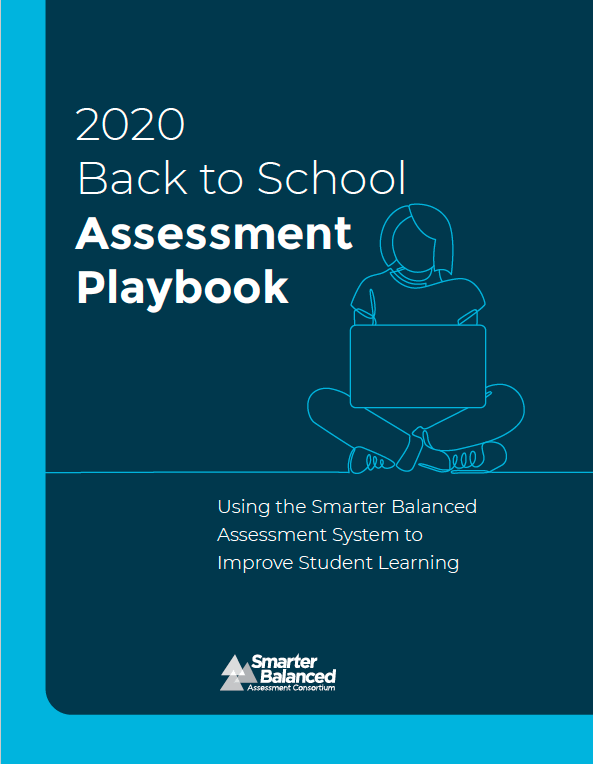10 Years of Smarter Collaboration
Since 2010, Smarter Balanced has worked in partnership with state education agencies, districts, schools, and educators to develop a high-quality comprehensive assessment system that is designed to support instruction and boost student learning.
A Member-Led Consortium
Teacher Created, Teacher Approved
Higher Education Endorsed
Smarter Balanced was created by states and remains a collaboration of K-12 and higher education leaders and educators working to provide the most comprehensive and cost-effective assessment system available in the market.
Smarter Balanced provides instructional tools, strategies, and professional development resources designed to support teaching and learning in ways that help every student progress. Educators write our test items, create and review our resources and tools, and advise us on policies and practices.
Collaboration with higher education leaders and faculty has been critical to our success. From the very beginning, these experts have participated in key decisions to help ensure that the assessments are of the highest quality and meet the needs of colleges and universities.
The Making of an Assessment System
Smarter Balanced continues to work with teachers to produce flexible tools and high-quality instructional resources that prepare students of diverse backgrounds and abilities for successful, productive futures.
10 Years: A Timeline of Supporting Teaching and Learning
Explore the history and impact of Smarter Balanced starting in 2010 when a group of states came together with an idea to develop an advanced, accessible, and equitable assessment system.
